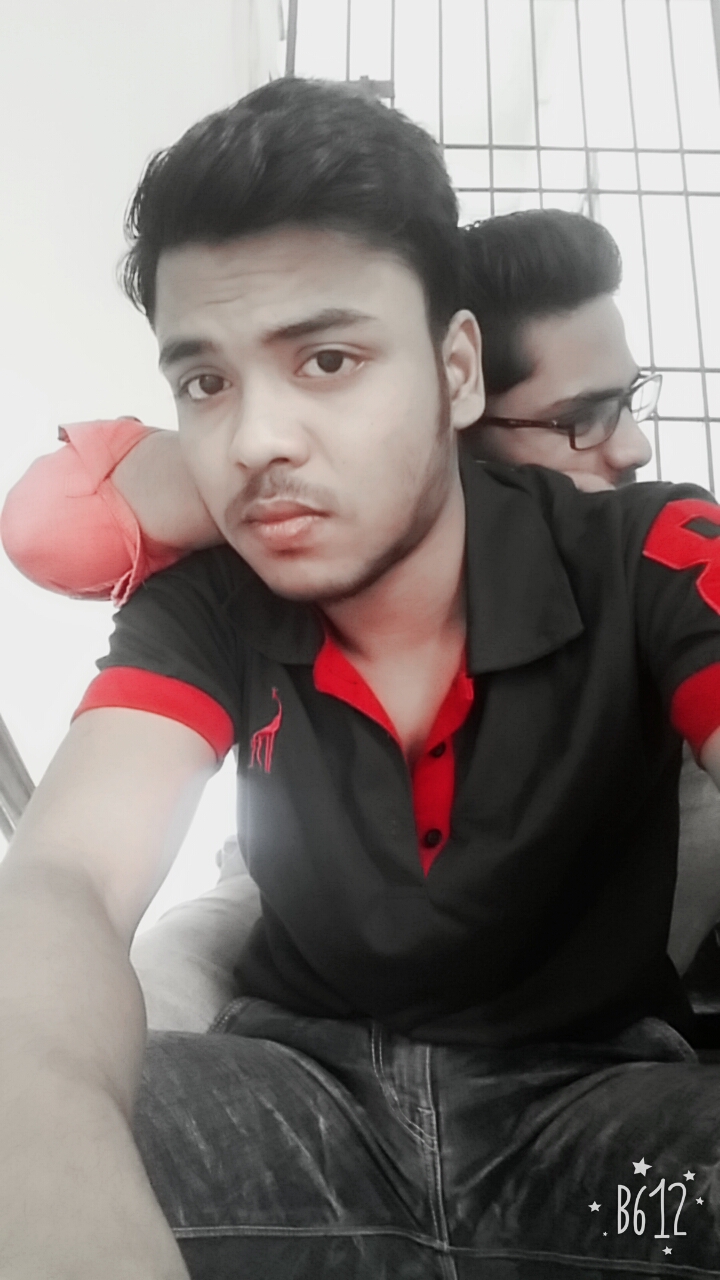7667766266
enquiry@shankarias.in
What is the issue?
What is National Health Protection Scheme?
Why NHPS?
Why is the concept flawed?
What are the shortfalls in the current public health infrastructure?
What is desired?
Source: The Hindu

prince singh 8 years

IAS Parliament 8 years
Yes, we cover PIB everyday, especially in the Prelim Bits section. Keep Following.

prince singh 8 years
its great website for upsc .